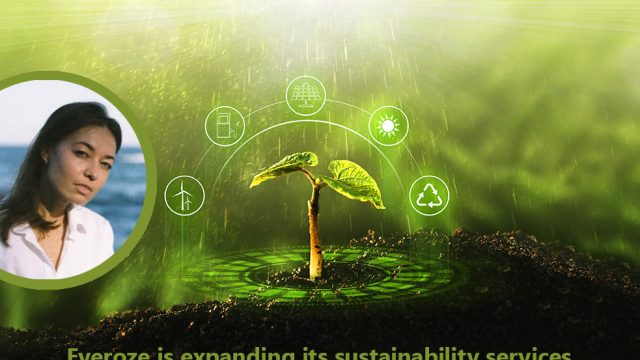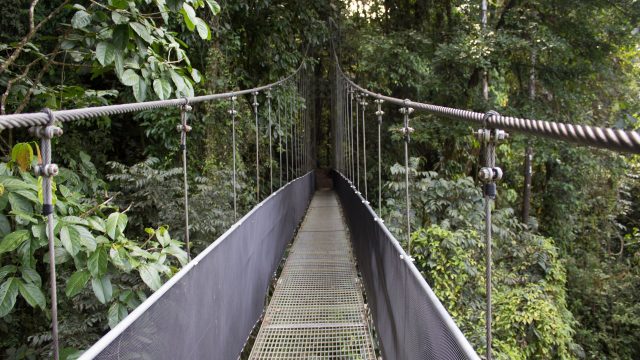Getting real on forced labour
As published in PV Magazine International April 2023 edition.
Renewable generation has a justifiably positive image – after all, it’s a primary remedy to the climate crisis. Renewables also provide solutions for adaptation to the effects of climate change, such as generating energy to ensure water and food security. And, as confirmed once again by IRENA in July 2022, it is still the cheapest form of power. This holds true for vulnerable populations who do not have access to energy infrastructure. And yet, despite these wide-ranging positives, we must face the reality that renewables still has a long way to go on environmental, social and governance (ESG) aspects when it comes to the manufacturing of key component technologies.
The most visible issue so far has been the problem of forced labour, including child labour. New pieces of EU legislation such as the Corporate Sustainability Reporting Directive, and the recently announced legislative proposal to ban forced labour, will require renewable energy generators and market participants to adopt sound ESG practices. In this article Diana Zadorozhna digs into this thorny issue and shares the top six good practices to assess and mitigate forced labour risk in renewable energy projects.
The European Commission’s proposed ban on forced labour would apply to EU internal markets and put import and export controls in place. Under the plan outlined by the commission in September 2022, products featuring traces of forced labour at any stage of their supply chain would be withdrawn from the market and disposed of. The recall of products that have already reached end-users in the EU, however, would not be covered by the proposed regulation.
Conducting a thorough due diligence review of forced labour content would be mandatory and would be the key instrument for investigation of any potential supply chain presence of forced labour. The EU plans to provide guidance within 18 months after the proposal would come into force. While a ban would be a powerful stimulus to address the problem of forced- and child labour, human rights NGOs see shortcomings in the commission’s draft proposal.
Unlike similar US legislation, the proposed EU ban would not come into effect from the moment there is suspicion of forced labour but rather, from the point it has been proven.
In addition, the proposed EU legislation does not prioritize the victims of forced labour. It should include remedies for the people affected. Furthermore, it does not include a procedure of withdrawal and disposal of forced-labour products and could lead to the rerouting of forced labour goods to countries that do not have sound policies in place.
From an industry perspective, renewables developers and investors have raised concern about rising raw material prices which are increasing production costs and putting pressure on margins. The compliance costs related to conducting the relevant due diligence to comply with the proposed EU legislation, however, are likely to be a minor burden compared to expected overall pricing pressure.
Six steps
Companies can take six steps to be ready for EU forced labour rules.
- Conduct due diligence based on existing EU and OECD guidelines to address the risk of forced labor in their operations and supply chains.
- Collect traceability information on any procured technology to identify and assess the risk of traces of forced labor. Such data could come in the form of bills of materials, third-party audits, or certificates. However, when it comes to Chinese suppliers, verifiable third-party assessment of their supply chains is challenging due to the Anti-Foreign Sanctions Law introduced in the country in June 2021. In this case, prior to engaging with a technology supplier, an initial risk assessment must be performed, as per the next point, and amended contract templates can serve as risk mitigation.
- Start mapping potential risk sources and develop a remediation plan. Identify the region where the technology is manufactured, where materials are sourced from, and whether those regions are known for human rights violations.
- Adopt a mitigation plan and a remediation procedure focusing on victims of forced labor. Companies that unknowingly participate in forced labor should be part of the solution and the type of remediation needed to address the unique circumstances of the victims can include financial compensation, rehabilitation etc.
- Amend contract templates to mitigate risk. Contractual obligations need to be thought through to protect companies from the risk of any form of human rights violation at any stage of the supply chain, as well as to include remedies in the event such risks are identified. Remedies should address both the risks to the company and the victims of human rights violation. It should be noted that the legislation in territories of origin may differ, a promise of abiding by the law of the country of origin will not guarantee a lack of human rights violations.
- Start changing suppliers or increase recycled material content to minimize the use of primary resources. Also, sourcing materials directly from suppliers minimizes the complexity of the supply chain and increases traceability. Direct sourcing enables companies to know their suppliers, visit their production facilities, and observe the wellbeing of nearby communities.
Call to action
There is an increasing body of research focusing on human rights violations in renewable energy supply chains and manufacturing processes. There is a growing awareness of just how serious this issue is. Forced- and child labor are present across industries such as food, electronics, textiles, and automotive, to name just a few.
There is a risk that everyday consumers are contributing to human rights violations and injustice. The true cost of what consumers buy is often paid by someone else, someone end-users have never met. Upgrading moral standards sometimes comes at an economic cost but it must be done anyway, simply because it is the right thing to do.
The renewables sector has a chance to show leadership once again, building on the incredible contribution it has made towards addressing the climate crisis. This time, let’s walk the talk on environmental, social, and corporate governance policy by working to eliminate forced labor from supply chains.
While few can doubt the emission-reduction might of solar; forced- and child labor in clean power supply chains is becoming a hot issue, which is why the EU is mulling a ban on goods proven to have traces of such labor practices. This article provides a glance on what companies can do to prepare for forced labor legislation.






